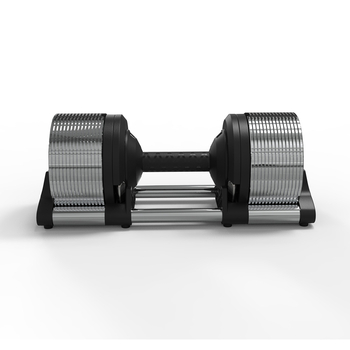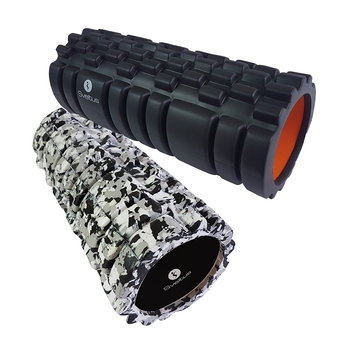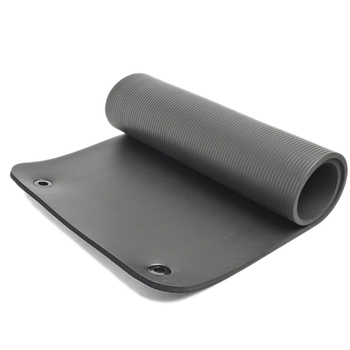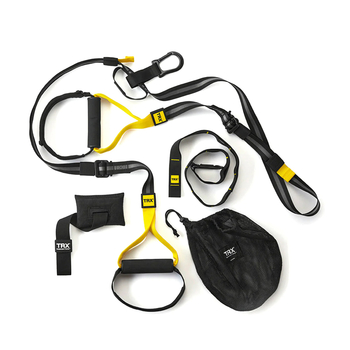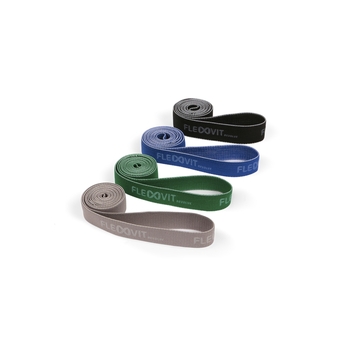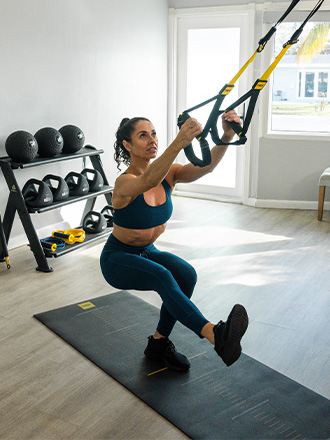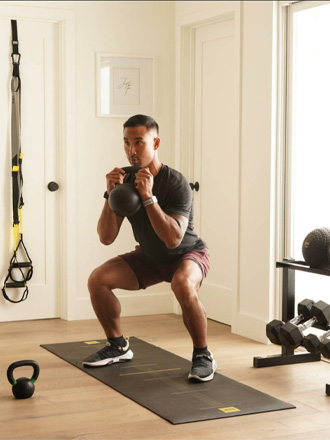What do you need for effective training at home? An overview of the optimal basic equipment

Want to train at home but don't know where to start?
The good news is that you don't need a fully equipped gym to train effectively. With the right selection of tools and a structured plan, you can build strength, endurance, flexibility and coordination within your own four walls.
In this article, you'll learn which equipment is really worth investing in, what to look for when choosing it, and how you can make your home training efficient and flexible – even with limited space and budget.
Why the right equipment is crucial
A good home workout stands or falls with the right setup.
That doesn't mean you have to buy everything right away. But the better your equipment suits your goals and your everyday life, the easier it will be to get started – and the more likely you are to stick with it in the long term.
Important:
- Your training should be varied
- Your tools should suit your space and budget
- The equipment should be able to grow with you
The optimal basic equipment for your home workout
Here you will find a useful and versatile selection – tailored to effective training at home.
1. Exercise mat – the basis for every session
Whether for floor exercises, mobility, yoga or core training – a good mat not only protects your floor, but also your body.
Make sure it is non-slip, cushioned and sufficiently long.
Recommended use:
- Planks, abdominal exercises, stretching, support exercises, push-ups
→ Training mats in the Fitagon shop
2. Your own body weight – the underrated tool
You don't need any equipment to train efficiently when you're just starting out.
Bodyweight exercises such as squats, push-ups or planks are the ideal way to start – and can be increased over time through variations and combinations.
Read more: Training without equipment – effective with your own body weight
3. Resistance bands – compact, inexpensive, versatile
With bands, you can specifically train your muscles, flexibility and stability – at any level.
They are perfect for the glutes, shoulders, legs, core and even rehabilitation.
Particularly practical: they take up hardly any space and are ideal for travelling.
Recommended variants:
- Mini bands for glute activation & mobility
- Power bands / tubes for strength training & mobility
→ Bands & tubes at Fitagon
4. TRX or sling trainer – The mobile mini gym
A TRX replaces several pieces of equipment: you train strength, core stability, coordination and balance – using your own body weight.
Particularly practical: all you need is a door, a railing or a hook.
Recommended exercises:
- Rowing, lunges, chest press, planks, pike
→ TRX suspension trainer at Fitagon
5. Adjustable dumbbells – maximum flexibility
Dumbbells are among the most effective tools in strength training. The adjustable version saves you a lot of space and many individual dumbbells.
Ideal for targeted muscle building and progressive training stimuli.
Recommended exercises:
- Curls, shoulder presses, rowing, goblet squats, lunges
→ Discover adjustable dumbbells
6. Optional: Additional tools for more variety
If you want to expand your home training later, the following tools may be useful:
- Kettlebell – for dynamic strength endurance training
- Foam roller/massage ball – for recovery & mobility
- Step, plyo box or wall bars – for plyometric or functional training
- BOSU or balance pad – for coordination & core
What you don't need – at least in the beginning
Not everyone needs the same things:
- A weight bench
- Large equipment (lat pulldown, cable pulley, multi-gym)
- Treadmill or spinning bike
These tools are useful if you have a lot of space and specific goals.
However, a small, well-chosen setup is perfectly adequate for getting started.
Tips for choosing and planning your setup
- Start small. Begin with a mat, bodyweight and bands.
- Expand in a targeted manner. As soon as you realise you want more, add to your setup.
- Plan your space. 2×2 m is often enough – foldable or stowable tools save additional space.
- Quality pays off. Invest in durable, safe products – this will save you money and stress in the long run.
Conclusion: Effective training – even with little equipment
You don't need expensive equipment to train effectively.
With the right basic equipment, you can create a flexible, functional home gym that you can tailor to your goals and everyday life.
The basis for this is simple:
- A non-slip mat
- Your body weight
- A few versatile tools such as bands, TRX or adjustable dumbbells
From there, you can expand your training step by step – individually, effectively and motivatingly.
